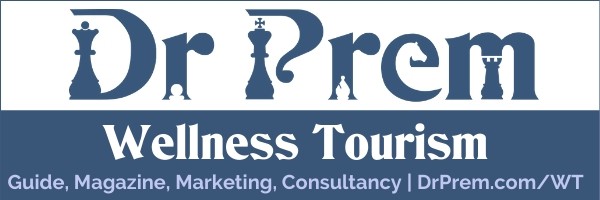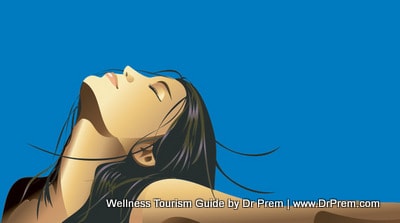Some would argue that Hippocrates, the Father of medicine, pioneered the practice of Naturopathy around 400 BC. He formulated the concept of nature’s healing power, which formed the basis of modern naturopathic medicine; however, the practice of naturopathy originated, evolved and flourished in the 19th century when the Nature Cure movement of Europe started influencing practitioners to adopt this comparatively new therapy. Another school of thought believes that Scottish naturopath Thomas Allinson was the first to introduce the concept of Hygienic Medicine, who recommended the intake of balanced natural diet and avoidance of tobacco and strenuous work to enjoy perfect wellness. In 1895, Dr. John Scheel coined the term Naturopathy.
Dr. Benedict Lust, the father of U.S. naturopathy, explains Naturopathy as an amalgam of medical therapies like manipulative therapy, acupuncture, homeopathy, nutritional therapy and botanical medicine. Lust developed a peculiar penchant for Naturopathy, when Father Sebastian helped him recover from tuberculosis by employing nature cure/water cure methods. Later, Dr. Lust established the American School of Naturopathy to teach trainees – prospective naturopaths rather – the various ways of assessing the effectiveness of natural cures, rich fiber intake, good hygiene and healthy diets to promote complete wellbeing.
As time went by, several naturopathic and drugless practitioner laws came into being to license naturopaths in almost all the US states. As naturopathy started attracting more practitioners, medical schools across the US offered dedicated degrees to prospective naturopaths and chiropractors. According to estimates, there were around two dozen naturopathic schools in America during the first three decades of the twentieth century that offered professional Naturopathy degrees.
As was the case with homeopathy, naturopathy also suffered a serious decline toward the fourth decade of the 20th century. The Flexner Report published by the Carnegie Foundation for the Advancement of Teaching came in as a serious setback for Naturopathy. The report, which was further aided by the advent of penicillin and other modern medicines, was highly critical of naturopathy. Further, in 1968, the US Department of Health, Education and Welfare questioned the veracity of naturopathy while labeling it as a baseless practice.
Australia also followed suit as it declined to offer license to naturopaths. However, despite all sorts of criticism, naturopathy never lost its ground and continued to inspire practitioners adopting the therapies to offer nature-inspired treatments to patients. Now, the naturopaths can offer their services in 13 US states, namely Alaska, Montana, New Hampshire, Arizona, Vermont, Washington Connecticut, Hawaii, Kansas, Maine, Oregon, Utah, California, and the District of Columbia.










